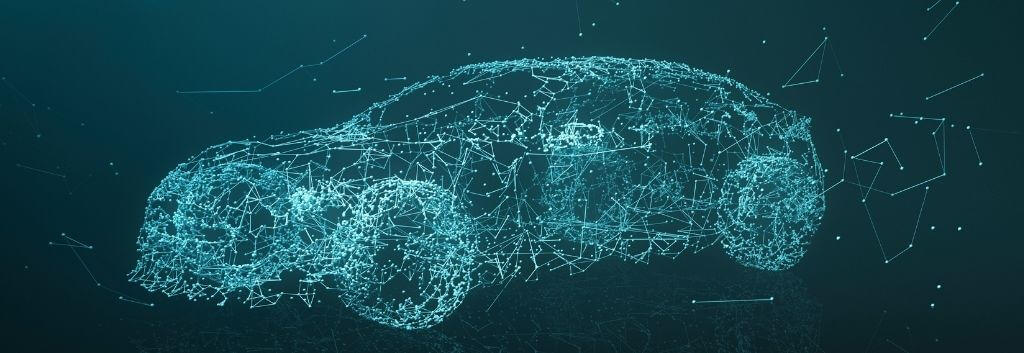
The autonomous driving industry brings together a wide range of cutting-edge technologies. In addition to the conventional automobile industry, there is no end to new entrants. Autonomous autonomous driving is achieved through the processes of "recognition," "judgment," and "control," but what are the technologies that make up each of these processes, and what kind of mechanisms are they based on?
We will explain the mechanism of autonomous driving and the 10 elemental technologies that make up it.
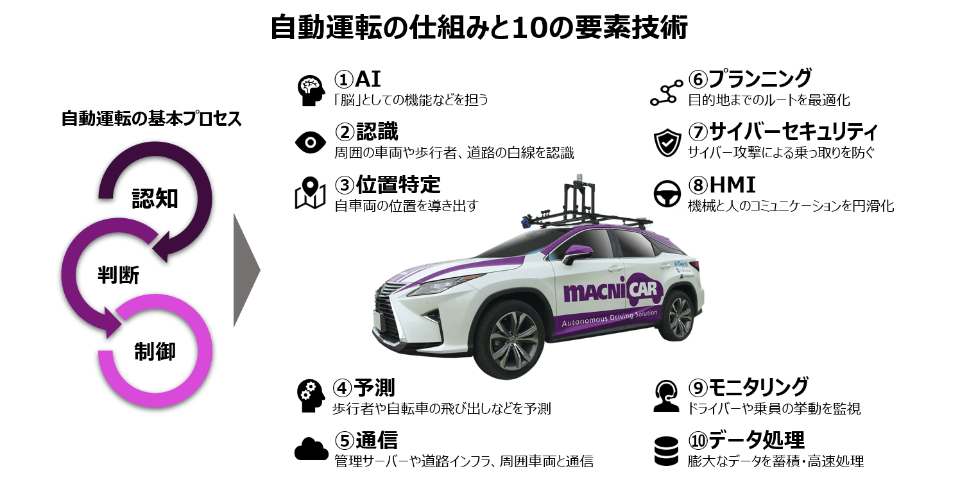
Mechanism of Autonomous autonomous driving: "Recognition", "Judgment", and "Control"
autonomous driving is realized by the system replacing the driver's recognition, prediction, judgment, and control abilities.
Sensors such as cameras, LiDAR (lidar), and millimeter-wave radar installed in vehicles play the role of "eyes", constantly monitoring the surroundings and front of the vehicle, and using image data acquired by the sensors to detect other vehicles and pedestrians. , AI (artificial intelligence) acts as the "brain" to recognize white lines, signs, etc. on the road and determine control such as accelerator, brake, and steering wheel to drive safely.
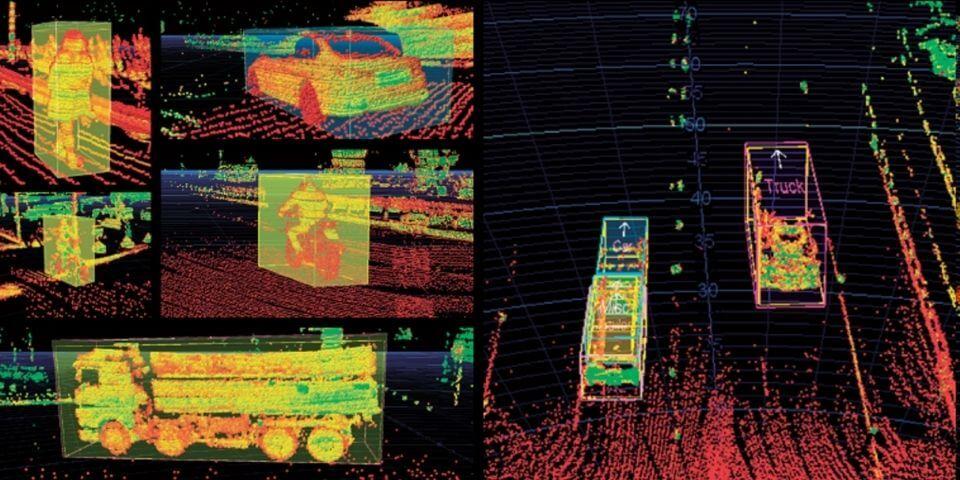
Some companies aim to realize autonomous driving only with sensors and AI, but many companies use satellite positioning systems such as GPS, high-precision 3D maps, road-to-vehicle communication (V2I / Vehicle-to-Infrastructure), vehicle-to-vehicle communication (V2V / Vehicle-to-Vehicle (V2X) technology is used to improve safety.
A high-precision 3D map is a precise 3D mapping of the road and its surroundings, and various road information such as driving lanes, white lines, signs, etc. required by autonomous driving vehicles is added. A dynamic map is a high-precision 3D map that adds traffic signal information, congestion status, accident information, etc. at intersections in real time.
Based on this high-precision 3D map, the autonomous driving car identifies the position of the vehicle by matching the image projected by the sensor and GPS information, etc., and realizes accurate driving.
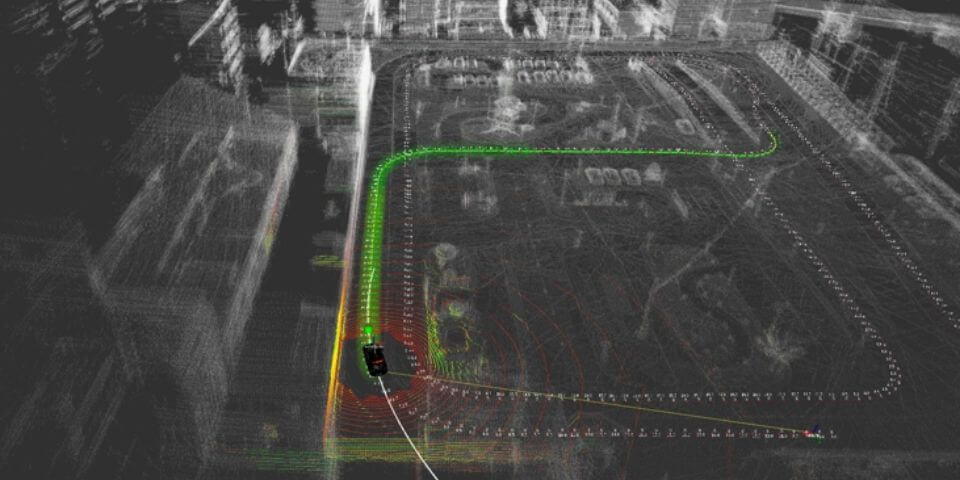
In addition, it constantly communicates with the infrastructure around the road, the vehicles running around it, the server that manages the autonomous driving system, etc., and acquires various information about road traffic, sensor data, probe data that shows the driving situation of the vehicle, etc. By exchanging data with the server, we aim to improve safety and the ability of the autonomous driving system.
In addition to this, there is also an autonomous driving system that grasps the position of the vehicle by reading magnetic markers laid on the road. This technology is expected to be put to practical use in autonomous driving services, such as fixed-route buses, where the route is decided in advance.
(1) AI: Responsible for functions such as the “brain”

AI (artificial intelligence) technology, which is used in almost all other technologies described later, can be said to be ubiquitous in autonomous driving.
The main feature of AI's role in autonomous driving is its function as a "brain." It comprehensively analyzes various data obtained by sensors and communication data, and makes decisions on how to control the vehicle. In recent years, AI learning methods such as deep learning have evolved significantly, and research and development is actively progressing as a core technology to realize autonomous driving.
The trolley problem is often brought up when it comes to AI decisions. If either option entails some kind of sacrifice, what kind of judgment will the AI make, or what kind of judgment will it learn to make? Since the environment surrounding road traffic is complex, it is quite possible that AI will be forced to make tough choices at times.
In addition to exchanging communications with surrounding vehicles and infrastructure to obtain information quickly, it is of course necessary to minimize risks by making full use of prediction technology, etc., but in the near future we will face such problems in the process of AI development. may visit.
(2) Recognition: Recognizing surrounding vehicles, pedestrians, and white lines on the road

It is called "perception" in English, and in autonomous driving, it often refers to technology that recognizes what is reflected in the data acquired by various sensors such as cameras and LiDAR (lidar).
Various objects such as vehicles, pedestrians, white lines on the road, and traffic lights are captured in the data acquired by cameras, and recognition technology is used to identify them. Accurate and rapid identification is directly linked to driving safety, so AI plays a key role in autonomous driving technology.
In addition, the sensor itself will also be asked how it can be converted into data in a form that makes it easy to accurately identify a wide range.
③Positioning: Deriving the position of the own vehicle
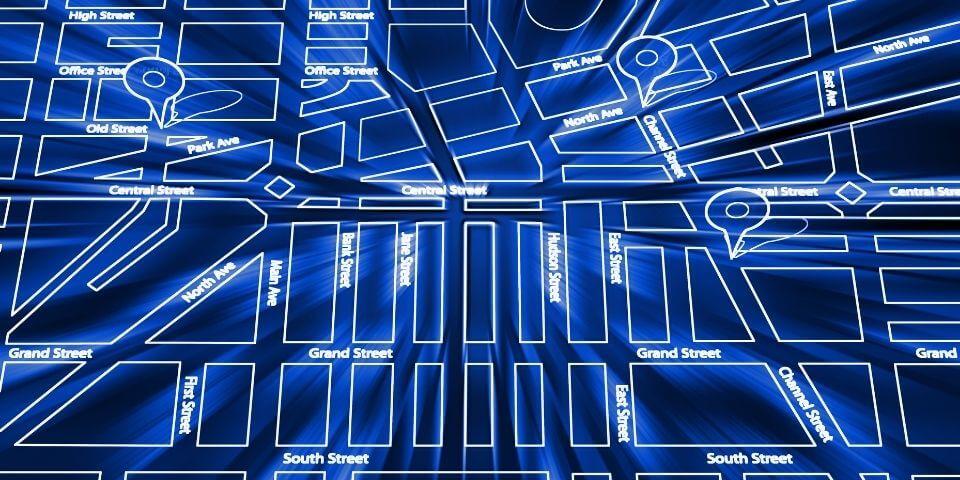
It is called "localization" in English, and it is a technology that derives the position of the vehicle in autonomous driving.
Satellite positioning systems such as GPS and QZSS (Quasi-Zenith Satellite System) are often used to identify the position, but the vehicle's position is confirmed by comparing the data on the high-precision 3D map with the data displayed by the in-vehicle sensor. There are various methods, such as a method to identify the position, SLAM that simultaneously identifies the position and creates a map, and a technology that reads the magnetic markers laid on the driving route.
In preparation for environments such as tunnels where satellite positioning systems are difficult to function, it is standard to use the above method, IMU (inertial measurement unit), DMI (odometer), etc. together.
④ Prediction: Prediction of pedestrians and bicycles jumping out

Called "prediction" in English, it prevents accidents by controlling the vehicle based on predicted risks.
For example, it is conceivable to reduce the speed in advance by predicting pedestrians and bicycles at intersections with poor visibility, and to make operation plans based on weather forecasts.
Research is also underway on technology that predicts the behavior of pedestrians and surrounding vehicles. It is a technology that avoids risks by predicting changes in the direction of travel based on the pedestrian's line of sight and face angle.
⑤ Communication: Communication with management server, road infrastructure, and surrounding vehicles
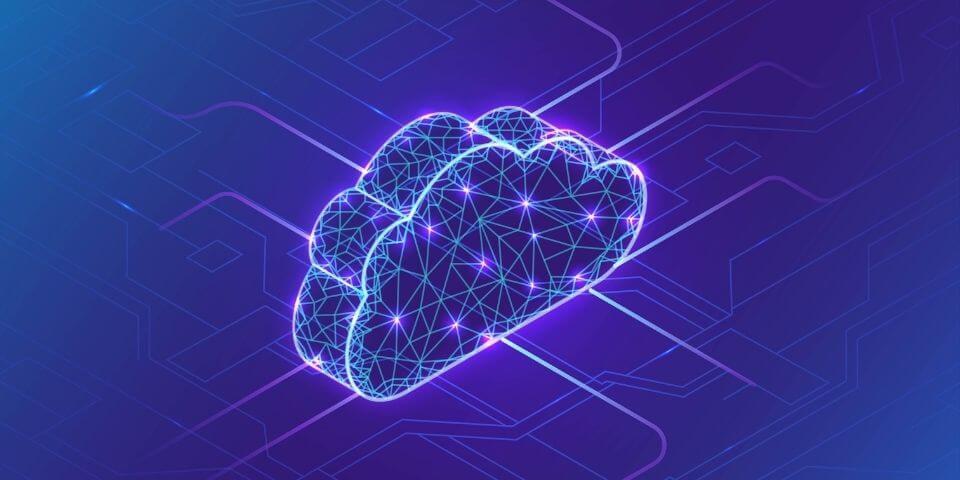
In order to improve safety performance, autonomous driving cars drive while constantly communicating with management servers including the cloud, road infrastructure, and surrounding vehicles.
Vehicle-to-vehicle communication (V2V) communicates the behavior and approach of your vehicle to surrounding vehicles, road-to-vehicle communication (V2I) at intersections receives signal information and surrounding pedestrian information, road construction, accidents, falls It is conceivable to timely receive information on objects, traffic congestion information for each driving lane, and the like.
Efforts are also underway to improve recognition technology by sending sensor-obtained data and probe data to the cloud, and to use it for telematics insurance.
Since the amount of communication data is enormous, it is necessary to establish an uninterrupted high-speed, large-capacity, low-delay communication system by making full use of various communication methods, including the 5G mobile communication system, which has begun to be commercialized. seems to be required.
⑥ Planning: Optimizing the route to the destination

In planning, how to set the route to the destination, route optimization technology is required. As with car navigation systems, in addition to routing that takes into account road closure information, it is also possible to select lanes and routes that allow safe driving according to the capabilities of the autonomous driving system. This is because, unlike human driving, it is difficult to make decisions when unexpected situations occur.
Route optimization technology is essential when visiting multiple spots such as on-demand transport services and delivery services using autonomous driving. It seems that the existing technology can be applied as it is, but as a technology for autonomous driving, it may be necessary to analyze the movement of surrounding vehicles in real time to avoid unforeseen situations and perform highly reliable routing. unknown.
⑦Cyber security: Prevent hijacking by cyber attacks

It can be said that autonomous driving cars, which run while constantly communicating, are constantly exposed to cybersecurity threats. This is because if a cyberattack hijacks control systems and other functions, it will lead to an incident that directly threatens human life.
Even in current vehicles equipped with simple communication functions, there are by no means a small number of cases of successful intrusion into control systems from specific devices. As if to symbolize the dangers of connected vehicles, in 2019, vehicles of the car sharing service "Share Now" developed by German Daimler and BMW were hacked in the United States, and more than 100 vehicles were stolen. It has occurred.
autonomous driving cars using a wide variety of communication methods for different systems, there are naturally more gateways for hacking. Research and development to detect new vulnerabilities and threats, including the establishment of cyber security guidelines and the establishment of an information sharing system through the automobile industry, will be indispensable in the future.
Also, in the unlikely event that a vehicle is hacked, it may be necessary to have technology to safely stop the vehicle or immobilize it.
⑧HMI: Facilitating communication between machines and humans
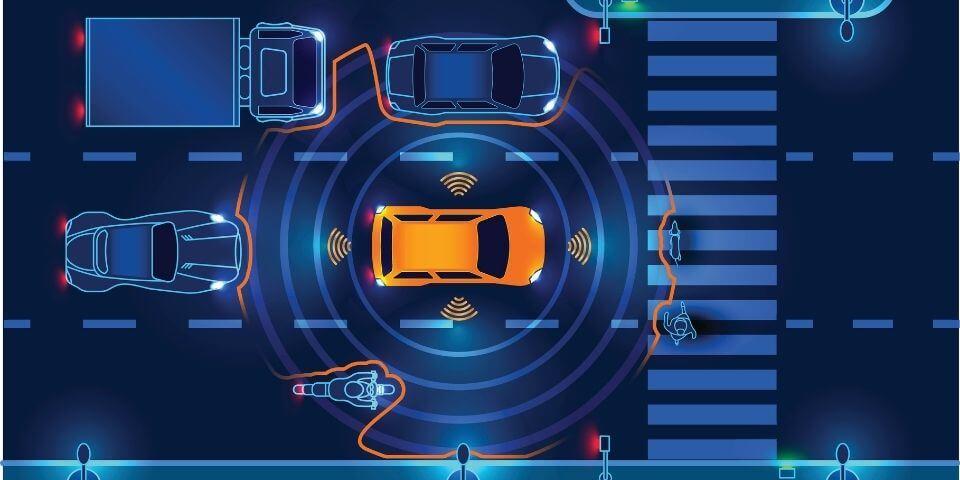
For autonomous driving cars, in which computers control the car, HMI (Human Machine Interface) technology, which enables the exchange of information and intentions between machines and humans, is also required. This is because the opportunity for the driver to directly control each operation including driving will decrease.
In addition to autonomous driving a car, in the future, commands such as destination setting, air conditioner control, audio control, etc. It is conceivable to effectively inform the crew. The question is how to communicate the necessary information effectively and accurately.
Technological developments are also underway to enable communication between pedestrians outside the vehicle and autonomous driving vehicles. By communicating the behavior of the autonomous driving car to the surroundings, it is possible to further improve safety, and in the case of a autonomous driving car for mobile services, it is also possible to communicate and confirm the intention of boarding from pedestrians. be done.
(9) Monitoring: Monitor the behavior of drivers and passengers

Due to the lifting of the ban on autonomous driving level 3, the installation of a driver monitoring function has become mandatory. This is an essential technology for level 3, where autonomous driving and manual driving are mixed by the system.
The driver monitoring system uses an in-vehicle camera to monitor the driver's behavior during manual driving. It constantly monitors the tilt of the head, the number of blinks, the line of sight, etc., and prevents dangers such as looking away and drowsy driving, and has been adopted in ADAS in recent years.
At level 3, when the autonomous driving system requests the driver to take over the driving operation, the question is whether the driver can quickly return to the driving operation. In the unlikely event that there is no reaction due to falling asleep, etc., a warning will be issued based on the surveillance image and reaction from the in-vehicle camera, and if there is still no reaction, the vehicle will be safely stopped.
The same is true for ADAS, including advanced level 2 that allows hands-off driving, but it is an important technology to quickly detect the driver's situation and avoid danger.
From level 4 onwards, it can be used to monitor the behavior of passengers in autonomous driving buses and taxis to improve safety. In passenger cars of level 4 and above, the driver is not necessarily required to drive, so this function is different from the conventional concept of "encouraging safe driving", but it improves the comfort of the ride by monitoring the posture of the passengers. , a function that accepts requests from passengers as one of HMI, a function that reads facial expressions and proposes some kind of service, etc. Various evolutionary systems can be considered.
(10) Data processing: Accumulation and high-speed processing of huge amounts of data

Autonomous autonomous driving, which handle an enormous amount of data, will require technology to store and process large amounts of data at high speed. It is said that one autonomous driving car handles a terabyte or more of data per day, which requires large-capacity, highly durable storage and processors capable of high-speed processing.
Regarding data processing, there is also a movement to promote efficient processing by introducing the idea of distributed computing, such as the edge on the autonomous driving vehicle side, the cloud on the administrator side, and the edge server located in the middle.
In addition, from the perspective of effectively utilizing the collected data as big data, data collection technology and analysis technology that utilize the cloud will also be questioned.
At the end
autonomous driving cars use sensor-based recognition technology to perceive their surroundings and position themselves, while AI issues control commands. In addition, prediction technology, communication technology, and planning technology will improve safety and efficiency in traffic, and HMI technology and driver monitoring technology will improve passenger safety and comfort inside the vehicle.
Cyber security technology and data processing technology support each of these functions, and autonomous driving is realized by combining each technology in a complex manner.
In the future, it is expected that businesses and services that utilize autonomous driving cars, such as in-vehicle entertainment and various transportation services, will make great progress. In the process, new elemental technologies will be born, and I hope that the industry will achieve further development.
Inquiry
the Company, Macnica, provides a variety of products and services related to autonomous driving. If you have any questions or requests regarding autonomous driving, please feel free to contact us below.
